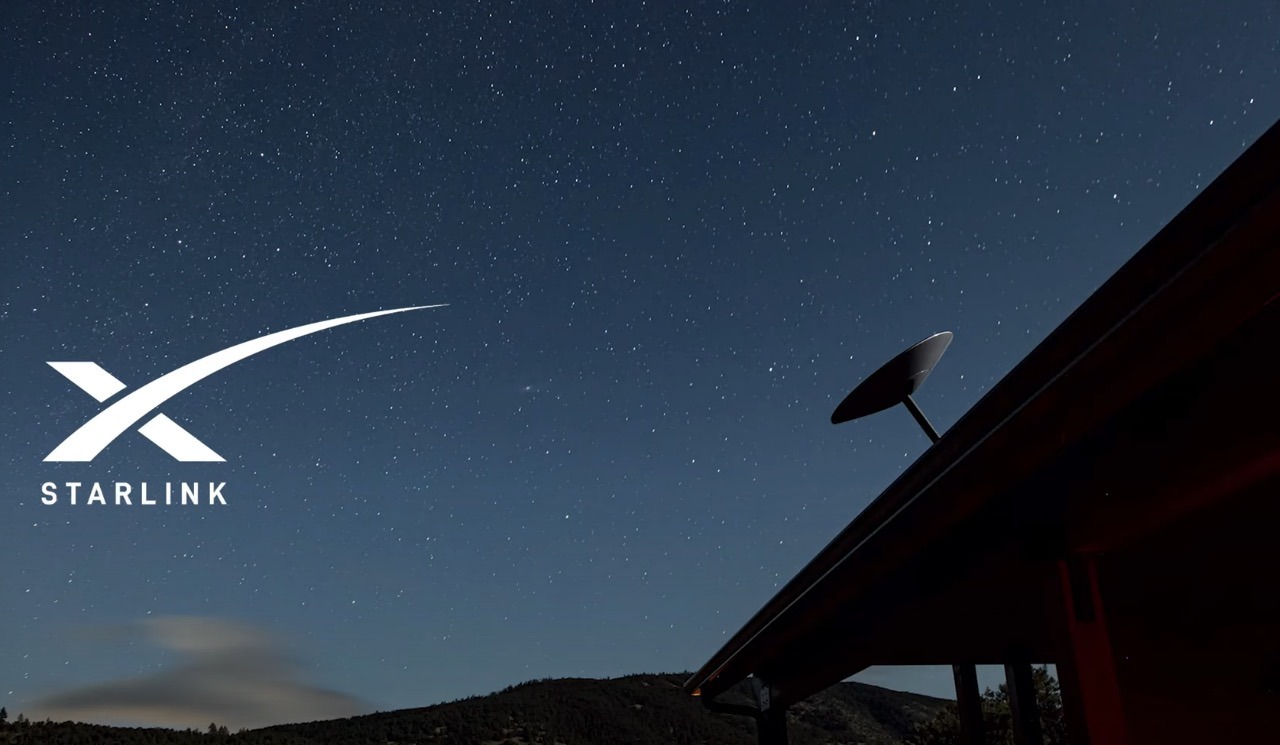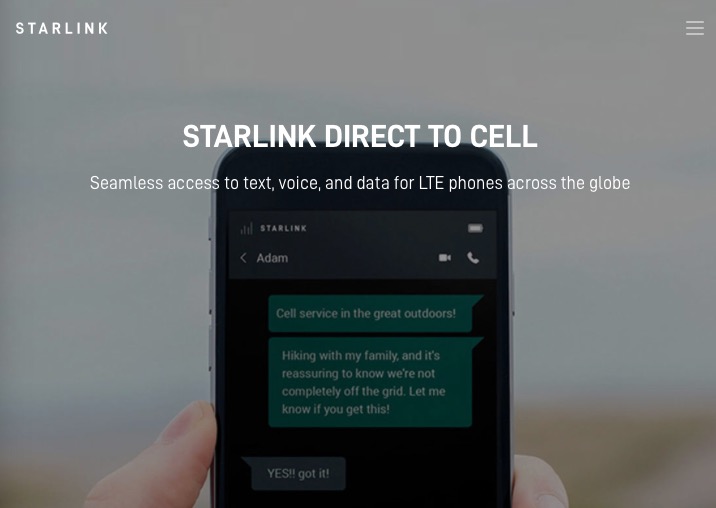
Starlink Cellphone Service Launch Date Pegged for Fall: SpaceX
SpaceX aims to launch its Starlink Direct to Cell service for cell phones this fall, contingent on approval from the Federal Communications Commission (FCC).
The company disclosed its target launch date in a filing regarding the commission’s new rules on providing satellite connectivity to U.S. carriers, known as “supplemental coverage from space,” reports PCMag.
“SpaceX supports nearly all of the Commission’s recent SCS Order and looks forward to launching commercial direct-to-cellular service in the United States this fall,” the company stated. The filing also elaborates on SpaceX’s long-term goals for the “direct to cell” Starlink system, which aims to deliver internet data to unmodified smartphones, thereby serving consumers in cellular dead zones.
Currently, SpaceX plans to offer text, voice, and web browsing through its supplemental coverage network. The company hinted at future enhancements, noting, “Future innovations may permit even more robust supplemental coverage service and enhanced features. While this improved service will not substitute for terrestrial mobile networks, it would provide an enhanced source of connectivity where those networks do not exist.”
Despite the optimistic outlook, SpaceX pointed out a potential hurdle in the FCC’s framework for satellite connectivity to phones. The company urged the Commission to modify the aggregate limit on radio frequencies for cellular satellites, suggesting that the “one-size-fits-all aggregate out-of-band power flux-density” should be replaced with more specific “band-specific limits.” This change, according to SpaceX, would improve the coverage and reliability of the upcoming cellular Starlink system.
SpaceX and its U.S. partner, T-Mobile, have previously expressed concerns that the current radio frequency limit is too restrictive. However, in March, the FCC noted that competitors like AT&T, Verizon, and Dish Network advocated for maintaining the restriction to protect against potential radio interference. SpaceX submitted its filing as various groups are commenting on the FCC’s framework for enabling satellite connectivity to phones, with some scientists voicing concerns about the potential impact on radio astronomy.
In response to these concerns, SpaceX reported that it has been collaborating with the astronomy community to mitigate potential risks. The company suggested that the FCC could require companies to coordinate with the National Science Foundation before operating satellite connectivity services in the U.S. “A general, post-grant coordination requirement would avoid establishing protection criteria that could soon become out of date,” SpaceX added, highlighting the rapid advancements in satellite technology over the past decade.
In late May, SpaceX completed its first video call via Starlink’s Direct to Cell satellites.
In Canada, SpaceX’s telecom partner for Direct to Cell is Rogers. Other partners include Optus in Australia, One New Zealand, KDDI in Japan, Salt in Switzerland, and Entel in Chile and Peru.


